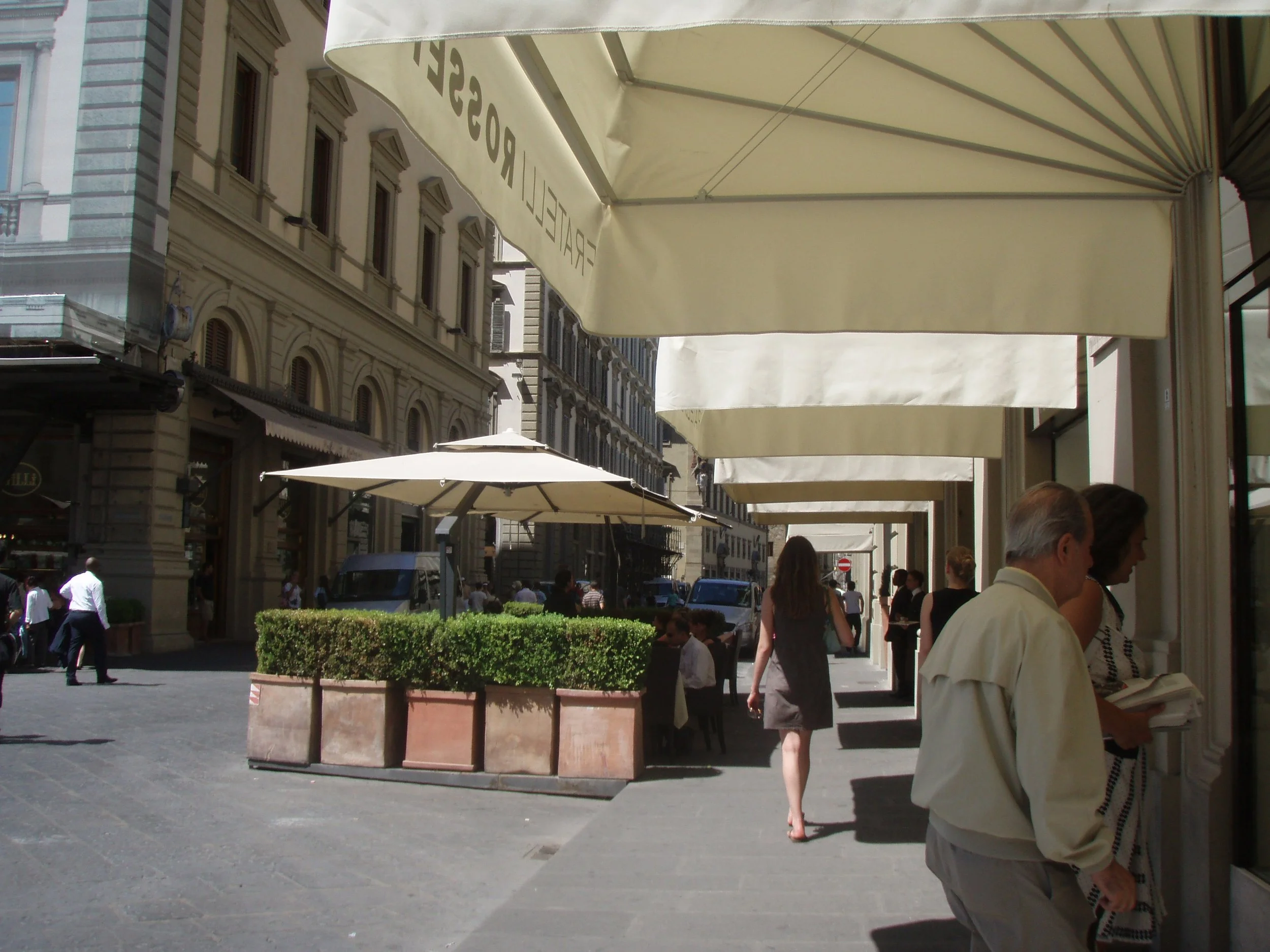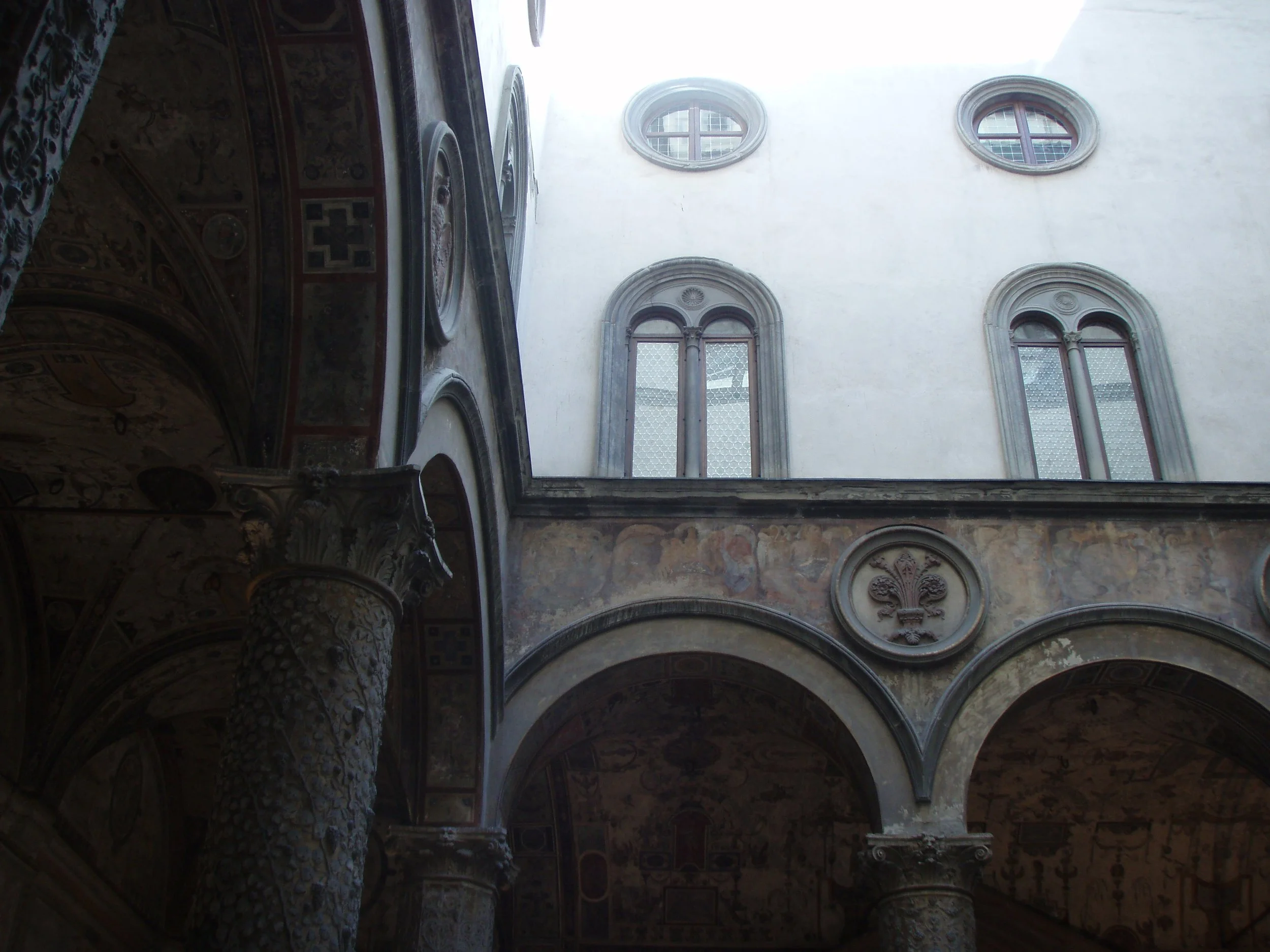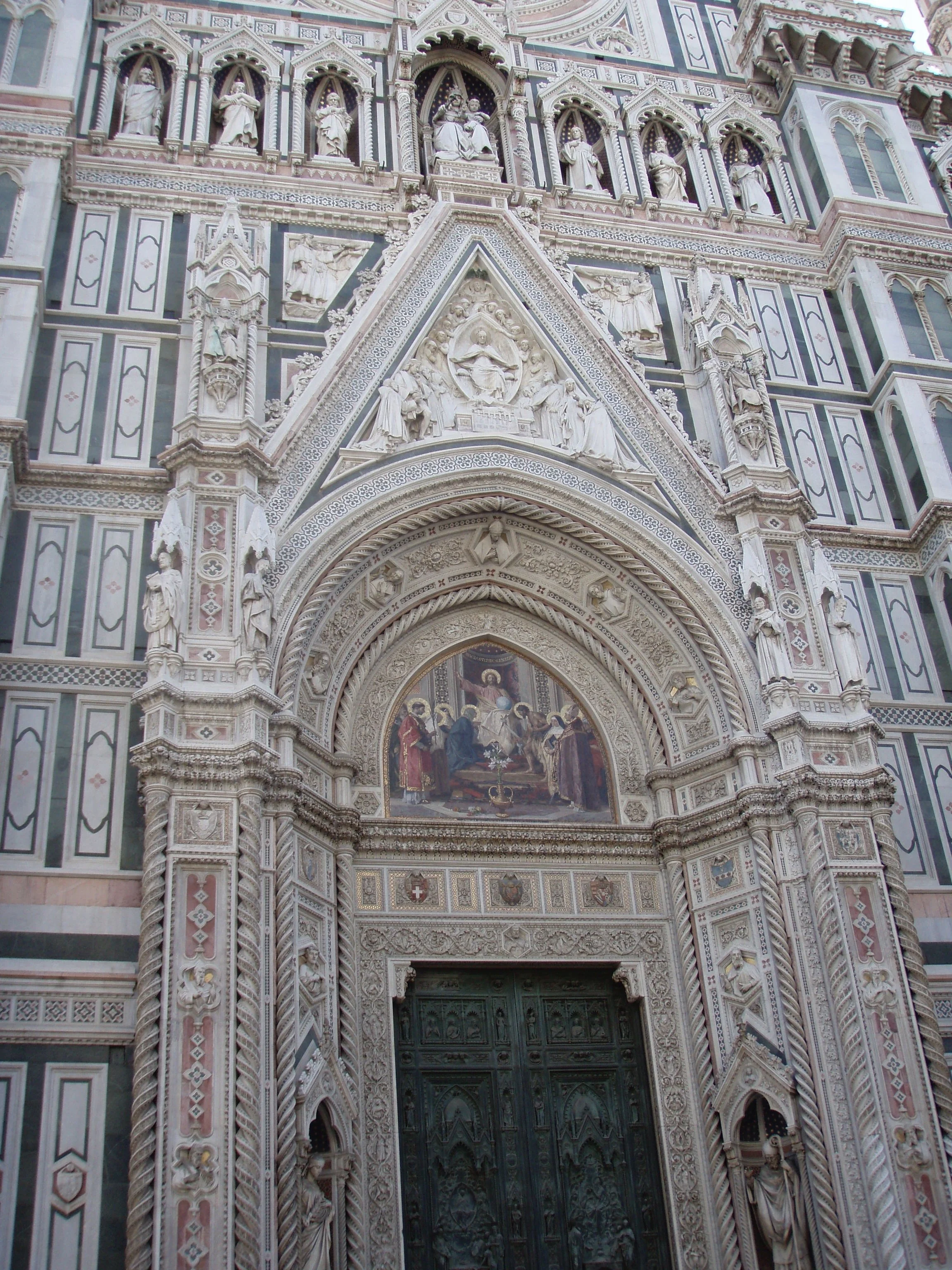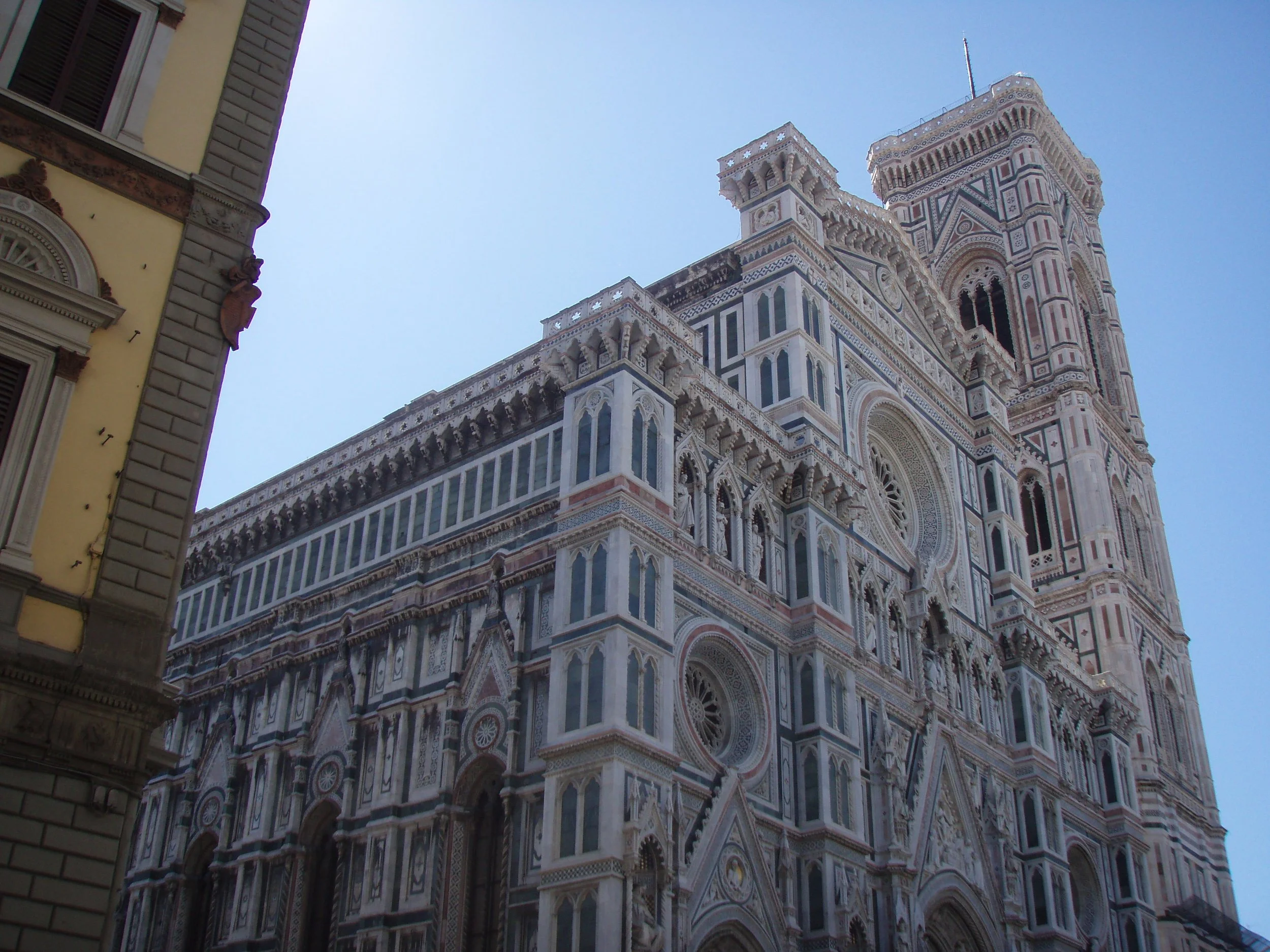Florence, Italy
Florence smacks you like a passionate Italian grandma smacks raised dough in the kitchen. There, it feels like someone is watching over you as you meander here and there, making sure you revel in life.
Florence has a glamour to it that’s felt walking the sidewalks and into museums, shops, and window-sill wineries that contain delights. Everything feels like an artistic set that is Florence itself.
Here are the highlights.
*This site contains affiliate links, we may receive a commission if you make a booking through us.
Uffizi Gallery
A renowned art museum of this world, this is a gallery from the 16th century. Perhaps the epitome of the Renaissance, artwork from the time is the focus here. Think Leonardo da Vinci’s “Birth of Venus”, Raphael’s “Madonna of the Goldfinch”, and Michaelangelo’s “Tondo Doni.”
The building of Uffizi once was the administrative space of the Medici family who were a prominent patron family of Florence city. The evolution of this gallery started with the family’s collection of work that then became a public museum gallery.
The architecture of the Uffizi acts as much as a work of art as the pieces it houses and strolling through the building is an experience in itself. It’s a prominent spot within Florence and visitors flock from the world over on high-seasons.
I suggest getting tickets in advance and going early to beat the crowds.
Accademia Museum: The David
A David replica outdoor Piazzale Michelangelo
As Paris has da Vinci’s Mona, so does Florence have Michaelangelo’s David. Painting versus statue, this latter is one of the most famous in the world. The David is iconically known because of its lifelike structure, although it stands 17 ft tall, and for the technique of its detail.
The Accademia Museum itself was birthed in 1784 and was initially an academy, hence the name, for the teaching and practice of the fine arts. The Accademia which houses David also hosts other notable works by Michaelangelo, a range that depict the Enlightenment of the Renaissance era. Botticelli, Ghirlandaio, and Perugino are featured with other pieces from the 14th and 16th centuries.
Just like seeing the Mona Lisa, for many, seeing the David is a bucket list to-do. It’s an acknowledgment of masterpieces from this era of Europe’s Renaissance, a time to look back on with respect.
Like the Uffizi, book tickets in advance. Especially during summertime when the city draws international travelers, it’s best to go early when it opens at 8:15 except on Monday.
The Duomo Cathedral
Duomo
It’s understandable construction of this continued centuries, the amount of detail is astounding
The Duomo Cathedral gives Florence the aesthetic it’s recognized for. It’s aptly named because its cathedral sphere head is the largest in the world. A UNESCO Heritage Site, it was built in 1296 but construction continued to develop throughout several centuries. This was due to inputs from architects who continued to add to the detail of the design and artistry of the masterpiece structure.
The Florence Cathedral, or Duomo, is more specifically called the Basilica di Santa Maria del Fiore and is a beautiful manifestation of traditional Gothic architecture. With marble facades, arches, stained glass, frescoes, and art within, it showcases brilliant elements of Gothic design.
The Duomo intricacy is immaculate
Ponte Vecchio Bridge
The Ponte Vecchio Bridge, or the “Old Bridge” in Italian. The Ponte Vecchio Bridge is a lovely landmark of Florence along the Arno River that encompasses a historical significance. It’s symbolic of the legacy of Florence’s art scene. Sincef the 14th century, there are shops built into the bridge that gives it a one-of-a-kind design. It’s a particular experience as you walk across it, as much a market structure as a bridge that’s over the waters.
View along the river across the infamous bridge, Image by Jeff Ackley
The stores that are housed along the bridge date back to the patron family, the Medicis. Previously, merchants were housed along the bridge. But at the height of the Medici’s power, they designated only goldsmiths and jewelers here. It’s now popular for travelers to take home these items from this special place.
Leonardo da Vinci Museum (Engineering Focus)
While there are other museums dedicated to the artist, scientist, and Renaissance man, it’s Florence that was close to his hometown. Nearby to the Uffizi Gallery, it’s interactive much like the life that led to experiments and creations that Da Vinci is known for. From invention models, mechanical devices, and his architectural work, these were built according to the artist’s sketches and ideas. The focus of this museum is on the scientific or engineering aspect of his invention, worth checking out if you’re intrigued by the excellence of his talent and the impressiveness of his mind.
Palazzo Strozzi Contemporary Museum
Image by Bartosz Klukacze
If you want another angle of Florence, contemporary and international style, the Palazzo Strozzi is where to head. It’s a palace that houses visiting artwork as well as a focus on contemporary. The architecture is worth the venture itself built in the 15th century by a rival of the Medici family. Also, because so much of Florence boasts much of its local history and artisans, it’s interesting to have something that showcases foreign work as well as modern aesthetics.
Trains
The trains around Italy have some of the most delicious food on them. Like the ceremony and romantic appeal of packed bentos on trains in Tokyo, there’s a culture on the trains in Italy. Traveling to or from Florence gives an essential experience of the city concentrated in these cars. If you’re traveling to other areas, Milan or Venice, try taking the train. Have a coffee and bite into your caprese as the sites zoom by. It makes inter-country regional travel ultimately memorable, and ultimately fulfilling.
Where to Stay? Hotel Santa Maria Novella
In the Piazza di Santa Maria Novella the Hotel Santa Maria Novella has dramatic drapes and Medieval Renaissance textures. With a gym, roof-top bar, and Italian breakfast, the hotel is centrally located with views and yet without being too in the midst of crowds. This is the ideal location and a stay of vibrant Florence energy.
*Safety tip
Because of the crowds, I suggest to pre-book your top museum visits to plan ahead of time. Additionally, the tourist scene has catapulted some overpriced eateries, try to verify places ahead of time or follow the local crowds for what’s exceptional.
Bottom line
Florence has class and it has charm. It’s a bright-light city in Europe. Something is captivating about Florence that’s not quite as dramatic as metropolitan Rome, and not quite as subtle as more rural Tuscany. It’s poetic and stable, mesmerizing and straightforward. It’s both fresh and born of old, it’s sensational, and it’s warm. The art scene is especially significant here and the food, no surprise, is a delight.








